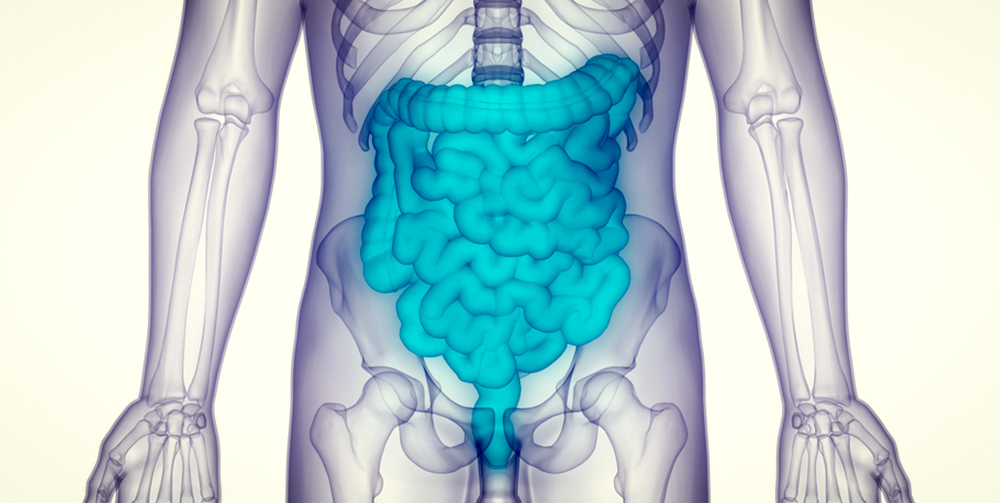It is fair to say that the theory that leaky gut contributes to coeliac disease (CD) and autoimmunity was initially greeted with great skepticism, largely because of the way scientists thought of the intestines.
It was only an unexpected twist of fate that led my research team to discover a new toxin that caused diarrhoea by a previously undescribed mechanism. It changed the permeability of the small intestine by disassembling those supposedly inert tight junctions, an effect that allowed fluid to seep from tissues into the gut.
Indeed, at nearly the same time, a series of seminal discoveries clarified that a sophisticated meshwork of proteins forms the tight junctions, however little information was available on how these structures were controlled. Therefore, the discovery of our toxin, which we called the “zonula occludens toxin” or Zot (zonula occludens is Latin for “tight junction”), provided a valuable tool for clarifying the control process.
It revealed that a single molecule, Zot, could loosen the complex structure of the tight junctions. We also realised that the control system that made this loosening possible was too complicated to have evolved simply to cause biological harm to the host. Vibrio cholerae must cause diarrhoea by exploiting a preexisting host pathway that regulates intestinal permeability.
Five years after the formulation of this hypothesis, we discovered zonulin, the protein that in humans and other higher animals increases intestinal permeability by the same mechanism as the bacterial Zot. How the body uses zonulin to its advantage remains to be established. Most likely, though, this molecule, which is secreted by intestinal epithelial tissue as well as by cells in other organs (tight junctions have important roles in tissues throughout the body), performs several jobs including regulating the movement of fluid, large molecules and immune cells between body compartments.
The discovery of zonulin prompted us to search the medical literature for human disorders characterised by increased intestinal permeability. It was then that we first learned, much to my surprise, that many autoimmune diseases – among them CD, type 1 diabetes, multiple sclerosis, rheumatoid arthritis and inflammatory bowel diseases – have as a common denominator: aberrant intestinal permeability.
In many of these diseases, the increased permeability is caused by abnormally high levels of zonulin. And in CD, it is now clear that gluten itself prompts exaggerated zonulin secretion (perhaps because of the patient’s genetic makeup). This discovery led us to propose that it is the enhanced intestinal permeability in CD patients that allows gluten, the environmental factor, to seep out of the gut and to interact freely with genetically sensitised elements of the immune system. That understanding, in turn, suggests that removing any one factor of the autoimmunity-causing trinity – the environmental trigger, the heightened immunity or the intestinal permeability – should be enough to stop the disease process.
With several different approaches in the pipeline to treat CD, we can begin to hope that this disease, which has followed humanity from the dawn of civilisation, is facing its last century on earth.


